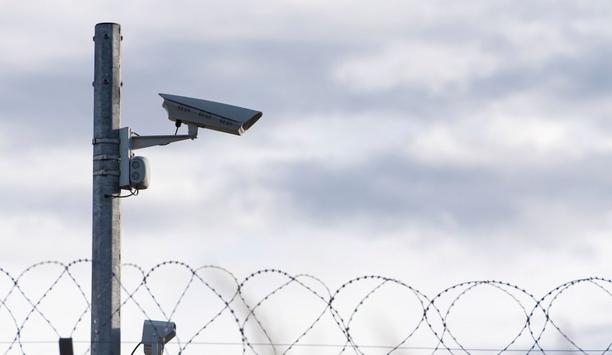Xtralis, a leading provider of intelligent fire detection and security solutions, recently announced that its ADPRO remote monitoring and perimeter protection system has been chosen to help protect the famous UK steam ship, the SS Great Britain, from the threat of vandalism, crime and other potential security breaches.
Designed by the 19th Century engineer Isambard Kingdom Brunel, the SS Great Britain was an advanced Atlantic liner commissioned for the Great Western Steamship Company's Bristol-New York service. In 1970, the vessel was returned to the Bristol dry dock where she was first built. The SS Great Britain now attracts more than 150,000 visitors annually and is a key part of Britain's rich maritime history.
The Xtralis ADPRO solution, designed and installed by Bristol-based Cannon Security, consists of an integrated system of passive infrared (PIR) detectors, cameras and a live audio speaker warning system installed on and around the vessel, with images that are recorded locally and/or transmitted to a remote monitoring station.
Andy Hughes, project manager at Cannon Security, explains, "The Xtralis system provides our customers with a seamless, total solution that is designed to proactively prevent loss or damage to a site by delivering a warning before an imminent threat."
High-quality CCTV cameras monitor the SS Great Britain and surrounding shipyard. Each camera field of view is aligned with an Xtralis PRO series passive infrared device, creating an invisible ‘virtual fence' around the vessel. During the times when the public are allowed access to the vessel, the Xtralis system records all events, creating an archive record of the day-to-day operations of the site. After hours, the Xtralis system is armed and the ‘virtual fence' is activated.
Cannon Security chose the award-winning Xtralis ADPRO technology based on previous experience and its standing as one of the market leaders |
At the heart of the system is the ADPRO FastTrace remote monitoring system, which connects to the detectors and cameras and incorporates a series of loud speakers connected via an audio amplifier. The system is then connected via secure monitored communications link to the Central Monitoring Station control room or CMS. An intruder who passes thru the ‘virtual fence' creates an alarm, which is immediately transmitted to the remote CMS. The operator can visually verify the intruder¹s presence and switch to a live video view of the site. Local response teams can be dispatched to the site or operators can issue a live audio warning which typically averts any intrusion. These actions take place long before the actual vessel is breached or any critical part of the site is threatened, proactively preventing loss or damage to this important historic site.
Cannon Security chose the award-winning Xtralis ADPRO technology based on previous experience and its standing as one of the market leaders, according to Andy Hughes: "The ADPRO FastTrace was easy to install with simple set up and configuration features and it integrated seamlessly with other existing technologies to provide the complete remote monitoring solution that can bring economic savings to our customers."
"It is technology we can rely on," Andy Hughes concludes, "and that means not having to revisit the site on unnecessary and costly call-outs."












